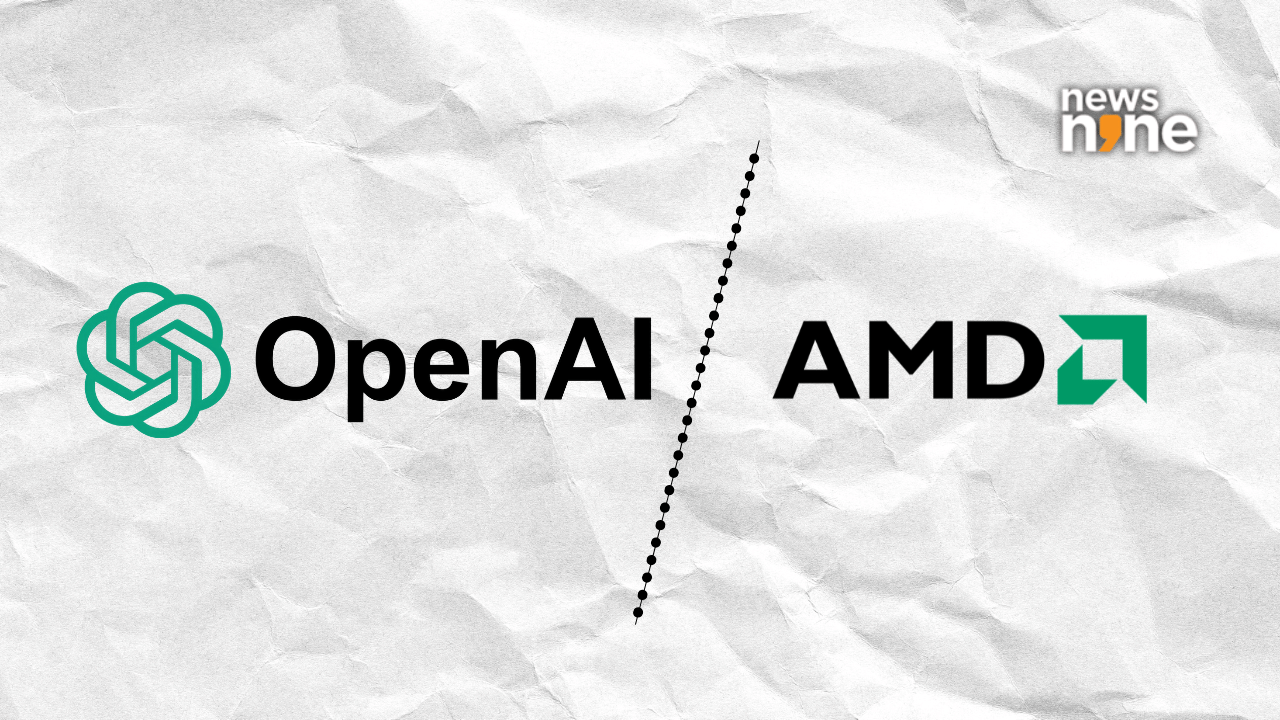New Delhi: OpenAI has signed a huge agreement with Advanced Micro Devices (AMD) that could reshape the global AI hardware race. The deal not only involves deploying massive amounts of AMD’s Instinct chips, but also gives OpenAI a path to owning a big stake in the chipmaker.
For years, Nvidia dominated the AI chip market. But now AMD has secured one of the largest customers in the industry, giving the company a chance to prove its next-generation hardware can power the world’s most ambitious AI projects.
The scale of the deal
OpenAI will deploy up to 6 gigawatts of AMD’s Instinct GPUs over several years, rolling out the first gigawatt in the second half of 2026. In exchange, AMD has issued OpenAI a warrant for as many as 160 million shares of its common stock. The shares will vest gradually, tied to both deployment milestones and AMD’s market performance.
The first milestone arrives with the initial gigawatt rollout. Later tranches unlock as OpenAI scales up to 6 gigawatts and meets commercial and technical goals. If all shares are exercised, OpenAI could end up with about 10 percent ownership in AMD. The company called the deal “worth billions” but declined to share an exact figure.
AMD CEO Lisa Su said the partnership creates “a true win-win enabling the world’s most ambitious AI buildout and advancing the entire AI ecosystem.”
Why this matters for AI chips
The AI industry is under heavy pressure to secure enough compute power. Nvidia remains the leader, but shortages have forced companies to explore alternatives. This agreement puts AMD in a new spotlight. For OpenAI, the move reduces its dependence on a single vendor.
Sam Altman, CEO of OpenAI, said in a release, “AMD’s leadership in high-performance chips will enable us to accelerate progress and bring the benefits of advanced AI to everyone faster.”
The deal follows OpenAI’s landmark $100 billion equity-and-supply agreement with Nvidia just two weeks earlier. That earlier arrangement gave Nvidia a stake in OpenAI, while locking in a 10-gigawatt chunk of compute power. Together, the AMD and Nvidia agreements commit OpenAI to nearly $1 trillion in new infrastructure spending.
A circular AI economy
The AI hardware world is starting to look like a closed loop. Nvidia supplies chips and capital. Oracle helps build the sites. AMD and Broadcom are stepping in as additional suppliers. OpenAI is anchoring demand, while also trading equity for hardware and compute.
Analysts warn this structure could be fragile. If one part of the chain weakens, the whole system could face disruption. But for now, the pace of deals is only accelerating.
Stargate and the bigger picture
OpenAI’s infrastructure expansion, known internally as the Stargate project, is pushing forward at speed. Its Abilene, Texas site already runs Nvidia hardware. New campuses in New Mexico, Ohio, and other parts of the Midwest are planned, where AMD chips will likely be installed.
For AMD, this is more than just a contract. After years trailing Nvidia, the company finally has a flagship customer in generative AI. For OpenAI, it’s another brick in a trillion-dollar strategy to secure the compute needed to train and run future models.
